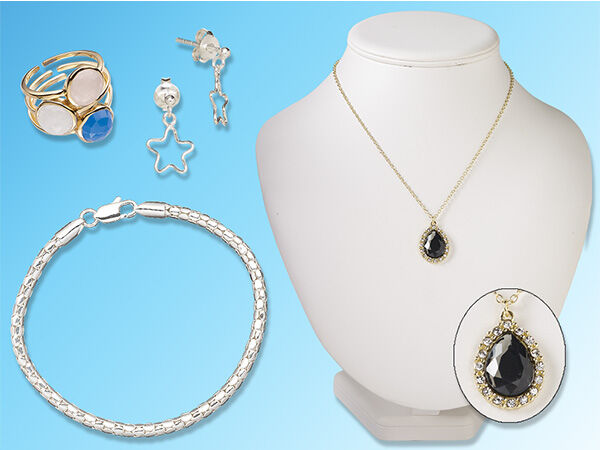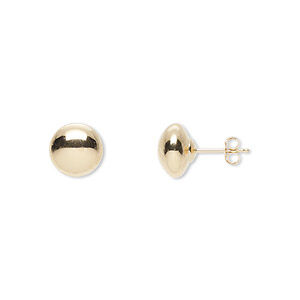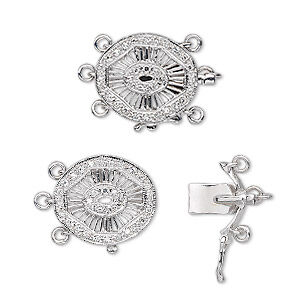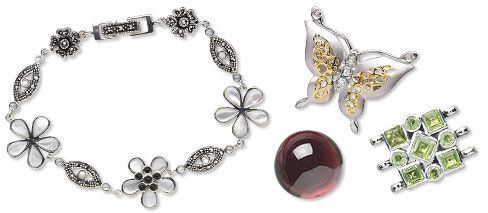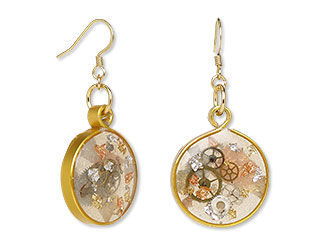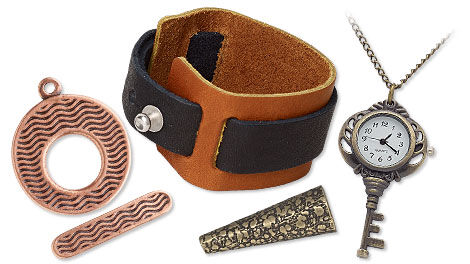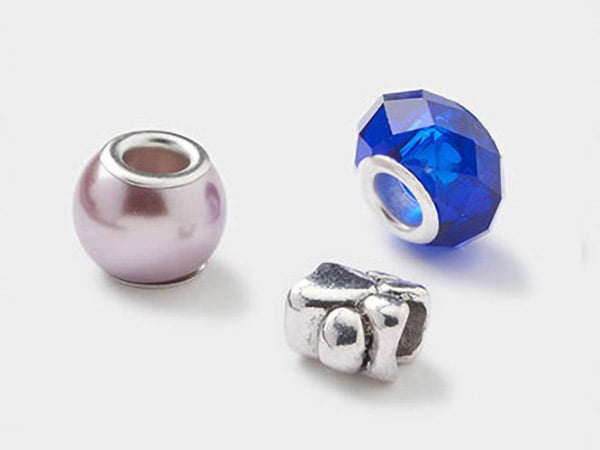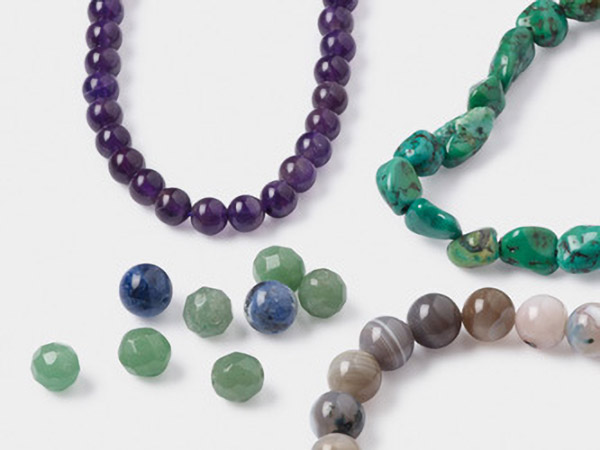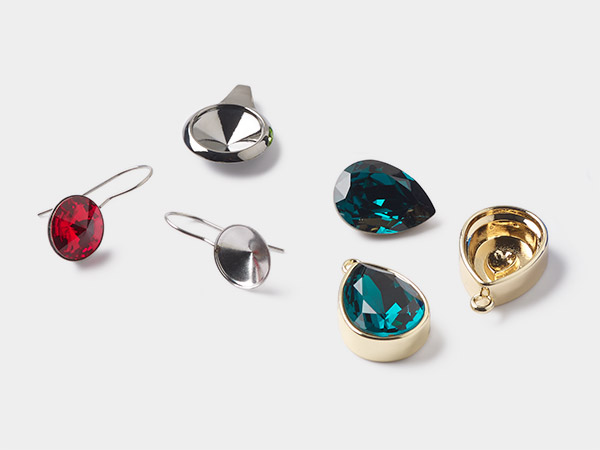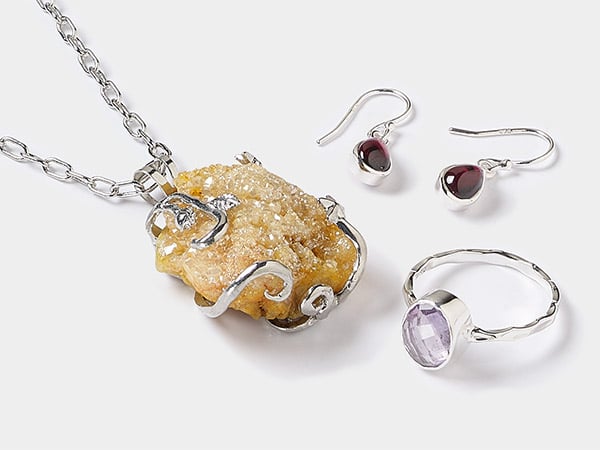Fine, Bridge, Costume and Fashion 4 Types of Jewelry to Make, Market, Sell and Enjoy
"Your local source for fine jewelry."
"We offer bridge jewelry on commission."
"It's only costume jewelry."
"Hey, my fashion jewelry is a whole minute out of style!"
You hear the terms thrown around a lot in the jewelry-making world, but not a lot of clarity about just what they mean and how they differ from each other.
So what are the differences among fine jewelry, bridge jewelry, costume jewelry and fashion jewelry?
Fine vs. Bridge vs. Costume vs. Fashion
We'll start with some definitions, along with common materials or techniques involved, and include examples from the Fire Mountain Gems and Beads® website for each category as a quick visual aid.
Fine Jewelry
Fine jewelry is created to last for generations, designed to be or become heirloom pieces. Fine jewelry is made of the most expensive categories of materials--usually fine precious gemstones such as diamond or sapphire with platinum or karat gold (and sometimes including fine silver).
An ideal representative for the fine jewelry category is a pair of 14Kt yellow gold earstuds, especially if they are set with diamonds. A fine jewelry component would be a 14Kt yellow gold clasp, set with precious stones such as sapphires and diamonds. And if the warm tones of yellow gold don't suit your complexion, take heart: white gold is also an option. Some traditional birthstones (diamond, ruby, emerald and sapphire) meet the fine jewelry definition.
See our Create Compliments® Collection for more examples.
Bridge Jewelry
Bridge jewelry is manufactured to the same quality and standards as fine jewelry, only it's made with less expensive materials. This level of jewelry "bridges" the gap between costume/fashion jewelry and the fine jewelry world, offering heirloom-worthy style without such a high materials cost. Bridge jewelry tends to be made using fine silver (including silver clays), sterling silver and "vermeil" (a gold electroplated silver) with semiprecious gems such as amethyst, garnet, cultured pearl, marcasite, mother-of-pearl shell, etc.
Some of the new high-tech metals (such as niobium and titanium) meet these quality standards. Many traditional birthstones (garnet, amethyst, peridot, topaz and more) meet the bridge jewelry definition.
See our Create Compliments® Collection for more examples.
Costume Jewelry
Costume jewelry (often used interchangeably with fashion jewelry) is made using a range of materials and techniques--hence the confusion. It is almost always manufactured using metal components embellished by another material. This type of jewelry can be set with popular yet inexpensive stones such as jaspers and agates, studded with high-quality rhinestone chatons and imitation gems molded in resins, or colored with enamels and epoxies.
Well-made components such as Dione® beads meet the costume jewelry definition.
See our Everyday Jewelry™ for more examples.
To further complicate the issue, the term "costume jewelry" is increasingly limited to vintage or retro jewelry styles from the 1920s through 1960s. This jewelry category is highly collectible, including such popular brand names as Coro, Eisenberg, Boucher, Haro and more. Some earlier pieces are created using sterling silver and rock crystal, with later works made of pewter and set with Austrian crystal rhinestones.
Fashion Jewelry
Fashion jewelry (often used interchangeably with costume jewelry) is made using a wide range of inexpensive materials and techniques. Fashion jewelry is, essentially, jewelry which does not meet the standards or definitions of the other categories. Fashion jewelry can include beads, plated metals, leather, textiles and more.
Components such as Almost Instant Jewelry®, TierraCast® and JBB Findings meet the fashion jewelry definition.
See our Boho Star Bracelets and Impulse Bracelets for more examples.
Have a question regarding this project? Email Customer Service.
Copyright Permissions
All works of authorship (articles, videos, tutorials and other creative works) are from the Fire Mountain Gems and Beads® Collection, and permission to copy is granted for non-commercial educational purposes only. All other reproduction requires written permission. For more information, please email copyrightpermission@firemtn.com.
